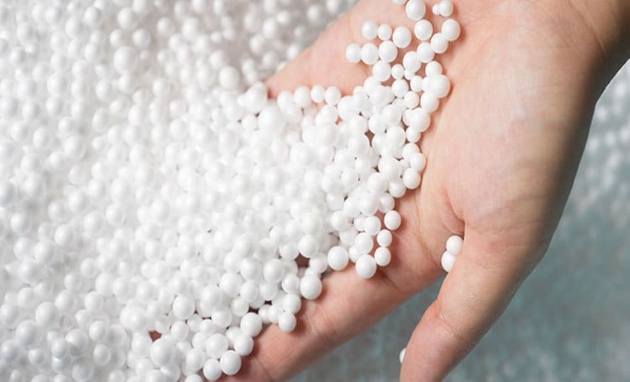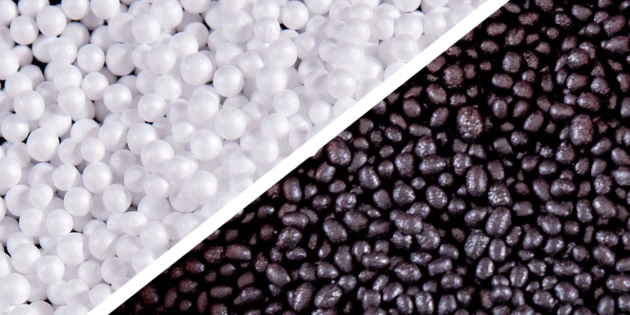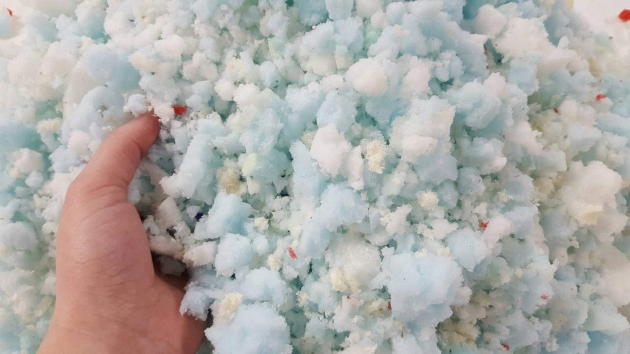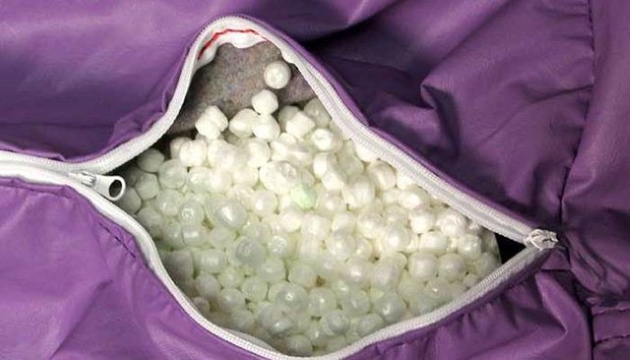Whether you’re looking for an ergonomic chair to relax while reading a book or a comfy seating option for your al-fresco dining area, there’s nothing fluffier and cozier than a bean bag. In fact, these bag-alike chairs are perfect for a bunch of purposes, as the tiny beans inside them can easily adjust to the shape of your body and make you feel like you’re sitting in a chair that was made specifically for you.

However, at some point, you’re going to need to refill those tiny beans inside if you want to keep your bean bag as comfortable as it is. Already confused? Let’s learn a couple of things about bean bag refills.
How to Know that Your Bean Bag Needs a Refill?
After extended use, you’ll probably notice that your plump, fluffy, round bean bag has started to lose its shape and looks a little bit deflated. Your bean bag is filled with tiny beans that are filled with air. These beans have multiple pockets of air inside which makes them comfy and cozy to sit on. However, this also means that the more you use your bean bag, the more air gets forced out from the filling and the flatter it becomes. So, once you notice that your bean bag starts becoming flat, it’s time to buy a proper bean bag refill or replace the beans completely.
What Are the Different Types of Bean Bag Fillings?
Before you decide to buy a comfy bean bag filling, it’s important to know that there are many different types. However, not all fillers are made the same and not all of them will keep your bean bag equally functional and comfortable. Generally, bean bag fillers are divided into several categories.

Expanded Polystyrene Beans
EPS beans are the most commonly chosen filler, as they’re packed with a bunch of conveniences for everyone that enjoys sitting in their bean bag. This bean bag filling is the most lightweight yet rigid type as well as moisture and heat resistant. Not only does this make EPS beans the most suitable bean bag filler for hot and humid conditions, but they’re also completely recyclable and one of the eco-friendly options for refilling your bag.
However, keep in mind that virgin EPS beans are more durable and have a longer lifespan than recycled ones and therefore, make for a better option for refilling your bean bag.

Expanded Polypropylene Beans
EPP beans also make for a great bean bag filling material, as they’re made from thermoplastic polymer. Not only is this material incredibly strong, but these beans also don’t have a strong off-gassing like the other types, meaning they’ll outlive most of the other fillers. On top of that, they’re also very lightweight, comfy and can be recycled like EPS ones. However, EPP beans’ greatest drawback is that it degrades very fast, especially when exposed to oxygen.
Microbeads
Microbeads are small pellets made from polyethylene plastic that come in a wide range of sizes- from 10 micrometres to 1 millimetre. These beads are most commonly used for filling different pillows such as the ones for supporting your neck, as they’re very flexible and easily adjustable. However, as much as they’re very comfortable, know that microbeads aren’t much recommended for large bean bags, as they’re much heavier than EPS and EPP beans.
Shredded Foam
Even though can’t be compared to EPS and EPP beans, shredded foam also makes for a good option- it’s comfortable, flexible, easily adjustable to your body shape and capable to get compressed to about one-quarter of its original size. This is why shredded foam is one of the main fillers when it comes to pillows, mattresses and stuffed animals.

Natural Fillers
The most eco-friendly option for filling your bean bag is natural fillers such as rice, corn, grains, sand and anything that isn’t synthetic. And as much as they’re comfy, affordable and friendly for the environment, have in mind that natural fillers tend to attract pests that can easily get accommodated in your bean bag, spread odours and get in touch with your skin.
How Much Filler Do You Need for a Bean Bag?
The amount of filler used for bean bags is mostly determined by the size, shape and volume of the bag. However, your preferences are also among the factors, as different people may find different plumpness levels more comfortable. And as much as many bean bag brands and manufacturers are giving instructions for refilling, you can also self-evaluate the measurements of your bean bag and calculate how much fill you need by following a couple of steps.

First of all, it’s essential to determine the volume of the bean bag, which is on the other hand, determined by the bean bag’s shape. Generally, bean bags come in two basic shapes- rectangular or square shapes and cylindrical or round shapes. When it comes to rectangular bean bags, you’ll need to multiply the width, breadth and length in centimetres, so you get the volume in cubic centimetres. This is not the case with square-shaped bean bags, as they have equal width, breadth and length, meaning you’ll only have to take one.
On the other hand, round bean bags’ volume is calculated using the following formula- pi * (d/2)^2 * h– where p is equal to 22/7, d is the diameter of the bean bag, and h is the height.



